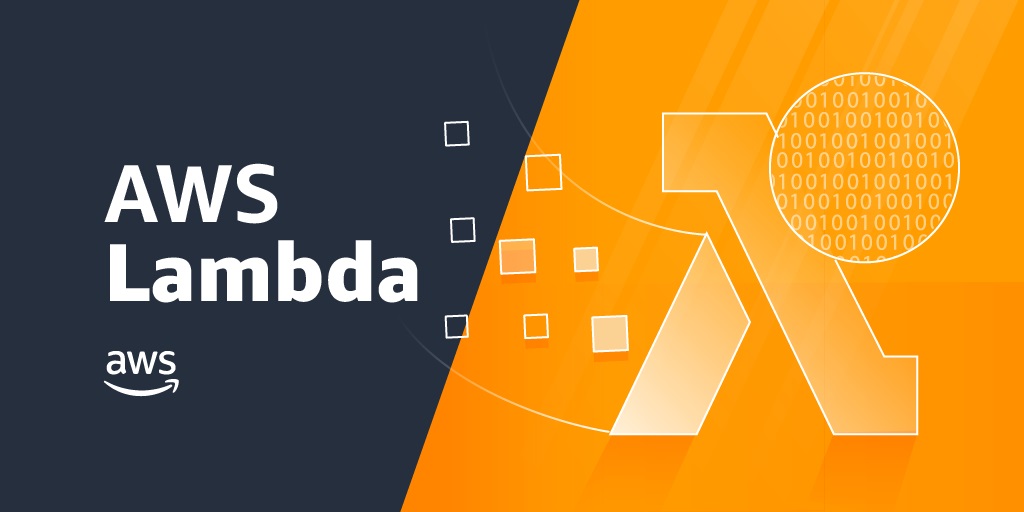The security of an application is one of its most important non-functional requirements. Every application and underlying infrastructure have to go through strict security guidelines. As serverless architectures are getting more attention from the developer community, they are also catching the eye of hackers. And when it comes to serverless, AWS Lambda deployments are the most common ones we need to look at.
There are several myths around Lambda and serverless architecture and the most common one is that whole security for these apps relies on AWS. But that is not correct.
AWS follows the shared responsibility model where AWS manages the infrastructure, foundation services, and the operating system. And the customer is responsible for the security of the code, data being used by Lambda, IAM policies to access the Lambda service.

By developing applications using serverless architecture, you relieve yourself of the daunting task of constantly applying security patches for the underlying OS and application servers. And concentrate more on the data protection for the application.
For data protection in AWS Lambda, we first need to protect account credentials and set up the individual user accounts with IAM policies enabled. We need to ensure that each user is given the least privileges to fulfil their jobs.
For data protection purposes, we recommend that you protect AWS account credentials and set up individual user accounts with AWS Identity and Access Management (IAM). That way each user is given only the permissions necessary to fulfil their job duties. We also recommend that you secure your data in the following ways:
- Use multi-factor authentication (MFA) with each account.
- Use SSL/TLS to communicate with AWS resources. We recommend TLS 1.2 or later.
- Set up API and user activity logging with AWS CloudTrail.
- Use AWS encryption solutions, along with all default security controls within AWS services.
- Use advanced managed security services such as Amazon Macie, which assists in discovering and securing personal data that is stored in Amazon S3.
- If you require FIPS 140-2 validated cryptographic modules when accessing AWS through a command line interface or an API, use a FIPS endpoint. For more information about the available FIPS endpoints, see Federal Information Processing Standard (FIPS) 140-2.
We strongly recommend that you never put confidential or sensitive information, such as your customers’ email addresses, into tags or free-form fields such as a Name field. This includes when you work with Lambda or other AWS services using the console, API, AWS CLI, or AWS SDKs. Any data that you enter into tags or free-form fields used for names may be used for billing or diagnostic logs. If you provide a URL to an external server, we strongly recommend that you do not include credentials information in the URL to validate your request to that server.






